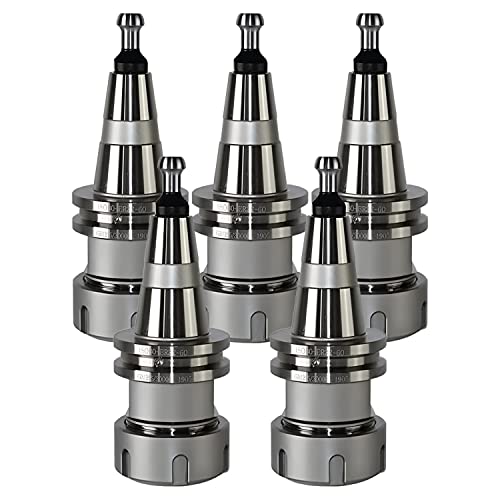Thanks Pete.
Also everyone should realise that if you have a lathe, you can also make things like that.
So away we go onto what I consider the most important items of this build, the piston and cylinder. Unlike most other engines, which can have some leeway in piston/cylinder fit, a flame licker (vacuum) engine should have the best fit within your power, the better the fit, the better the engine should run.
Then I will show how the water jacket was bored so that everything was square and parallel.
####################################################################################
Also everyone should realise that if you have a lathe, you can also make things like that.
So away we go onto what I consider the most important items of this build, the piston and cylinder. Unlike most other engines, which can have some leeway in piston/cylinder fit, a flame licker (vacuum) engine should have the best fit within your power, the better the fit, the better the engine should run.
Then I will show how the water jacket was bored so that everything was square and parallel.
####################################################################################
Last edited:





























































![DreamPlan Home Design and Landscaping Software Free for Windows [PC Download]](https://m.media-amazon.com/images/I/51kvZH2dVLL._SL500_.jpg)





![TurboCAD 2020 Designer [PC Download]](https://m.media-amazon.com/images/I/51UKfAHH1LL._SL500_.jpg)